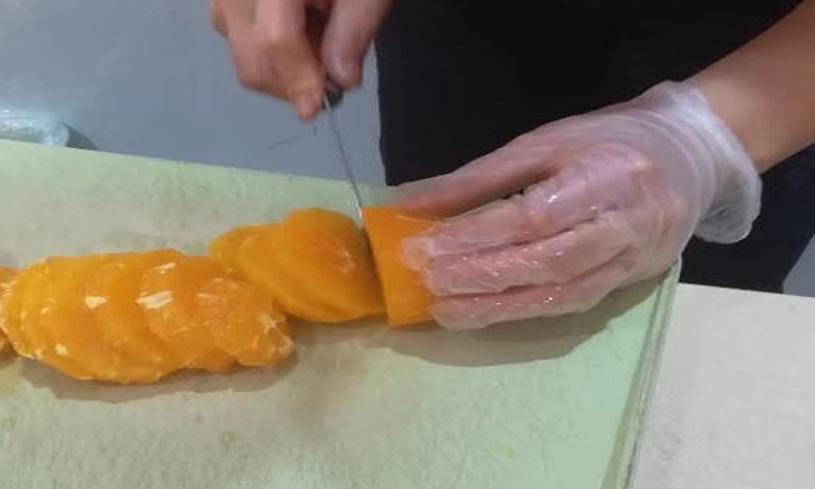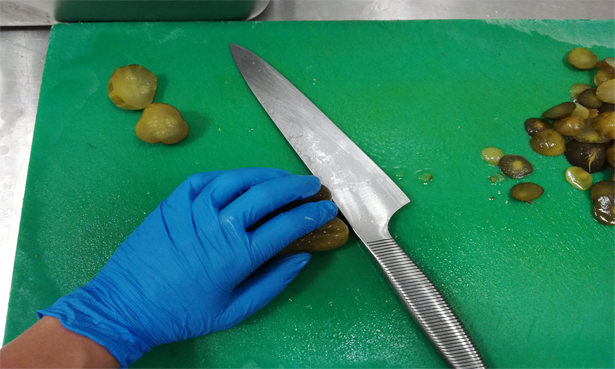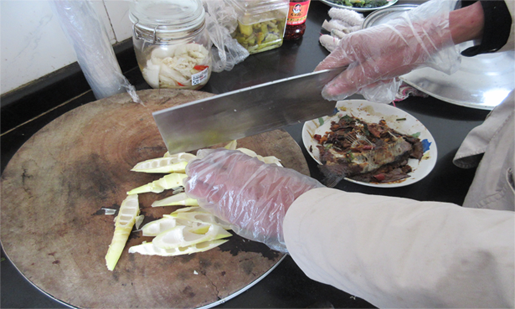Disposable gloves buying guide
Disposable gloves
Disposable gloves are under EU Health and Safety rules, officially an article of Personal Protective Equipment (PPE)
and as such there is a duty on both the Management and users of gloves to carry out due diligence to ensure
the safety of the glove user.
The following information is provided to help you assess and determine what type of glove and
glove material would best suit your requirements.
Within this guide we have not attempted to determine which glove you should choose as there are
too many variables to be considered which means that each department will need to assess the
environment in which they work, the procedures being carried out and the materials to be used and
tested.
Disposable gloves types
Disposable gloves are made from a variety of different materials, all designed to fulfill a specific purpose
or purposes:
Disposable Vinyl glove(PVC)
Advantages: A cost-effective alternative to latex for glove wearers
who are allergic to soluble proteins or residual chemicals
in NRL gloves (low risk procedures only).
Disadvantages: Not a good barrier material against blood-borne pathogens
or chemicals.Vinyl is more susceptible to pin holing than either latex or Nitrile.
Vinyl material is more 'friable' and can degenerate whilst being
worn when in contact with rough surfaces on instruments or items
being handled in the procedure or task.
Vinyl material can cause hand fatigue when worn for long periods
of time.
Disposable Nitrile glove
Advantages: Nitrile glove contains no residual protein and is a good alternative to
latex for glove wearers who are allergic to the soluble proteins
in latex.
An effective barrier against most substances including blood-borne
pathogens.
Is in general a better barrier against chemicals than NRL.
Disadvantages: It is not as flexible as latex, which can cause hand fatigue in glove
users who need to wear glove for long periods of time.
It is more expensive than latex but is still a cost effective barrier
material.
Disposable Latex glove(Natural Rubber Latex)
Advantages: Effective barrier against most substances including
blood-borne pathogens.
The material is very thin allowing a high degree of
sensitivity.
The material is very strong and flexible.
The material's molecular structure reduces the incidence
of pinholing or tearing when carrying out procedures/
tasks.
As the material comes from a natural renewable source
(rubber trees) it is 'environmentally friendly'.
The material is cost effective.
Disadvantages: Residual soluble proteins in NRL can cause allergic
reactions in some glove users.
As a natural material NRL is not generally a good
barrier against chemicals.
Disposable Pe glove(Poly,Plastic)
Advantages: They are cheap in price.
Fine for simple protection to keep hands clean.
Disadvantages: Offer little practical protection.
Very loose fitting and very smooth - makes handling
implements and carrying out tasks/procedures difficult.









